Luke Cage
- Laura Slinger

- Dec 20, 2017
- 6 min read
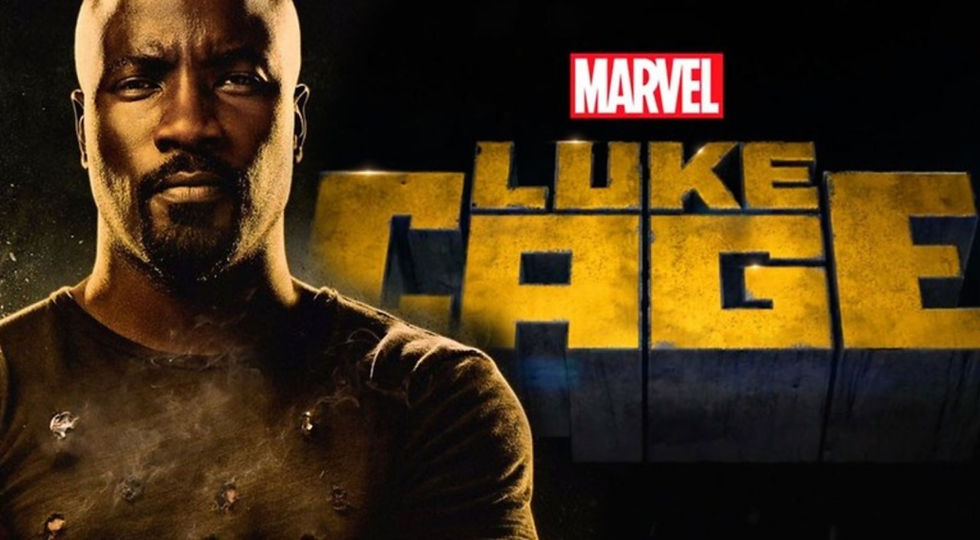
Luke Cage is the third Netflix series to centre on a character from the entertainment juggernaut’s vault of comic book heroes, and is similar in structure from its predecessors, Jessica Jones and Daredevil. It delivers a story with a complex social commentary, on a topic that it doesn’t normally touch. The titular protagonist is a black superhero but the series explores the vulnerability of black lives to make an important point about its extraordinary man with indestructible skin. When Cage appeared on Marvel’s Jessica Jones last season, we learned about his powers: indestructible skin and super strength. Cage fled Hell’s Kitchen after an attack from the supervillain known as Kilgrave, and Luke Cage picks up a few months later. And it is a remix on the traditional tale. There are nods to Luke Cage's Power Man origins scattered throughout Season 1, but this time around he's an ex-cop, ex-con from the South who finds himself holed up in Harlem trying to stay under the radar. Initially, Cage isn’t looking to fight crime. But Stokes’s evil influence weasels its way into Cage’s barbershop and threatens the people close to Cage. That leads him to take matters into his own hands, taking out the threats one by one.
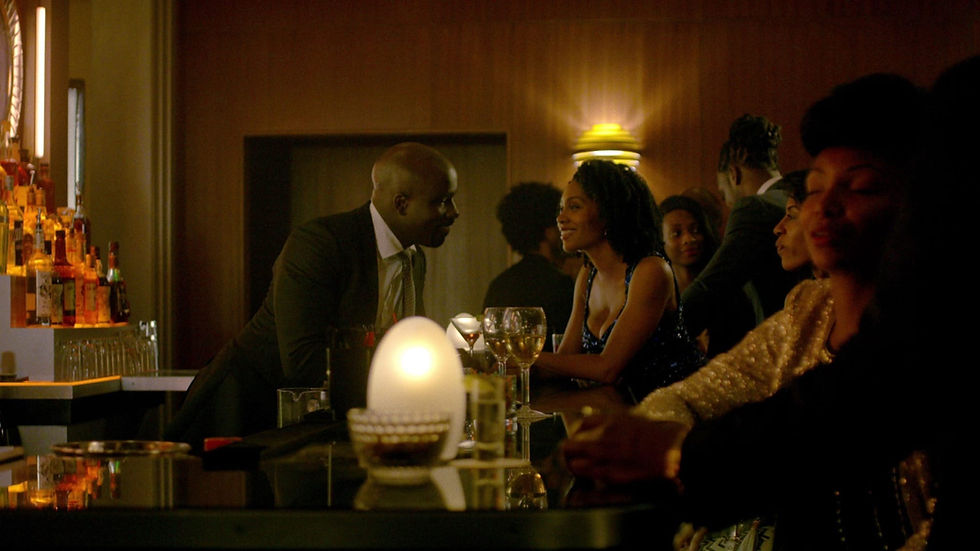
Luke Cage (Mike Colter), our hero, is a seemingly regular man just trying to lay low by taking a job at a barbershop. Luke is a hero who refuses to accept he is one, and his journey is Season 1 is of a person with incredible abilities learning how he can make the neighborhood a better place. Unlike the Marvel films that are looking at the big, big picture, with their titular heroes out to save the world or even the galaxy, Luke is ultimately only out to save Harlem. Showrunner Cheo Hodari Coker is unapologetic and electrifying in the images he chooses, the characters he swirls into the show’s mix, and the world of Harlem he builds. Luke Cage has a sharp texture, and the series has an unmistakable style. Colter’s Cage is quietly intimidating. Cage is a man who’s holding back a storm of rage and pain beneath ropes of muscle and a stern scowl. Colter gives him dignity and humanity. There’s a clawing sense of helplessness, a sinking feeling that no matter what good Cage does in Harlem, if he arouses even one blush of suspicion, New York City’s entire police force will be determined to kill him. Cage has more legitimate alibis than Marvel has superheroes, but he’s always a suspect.
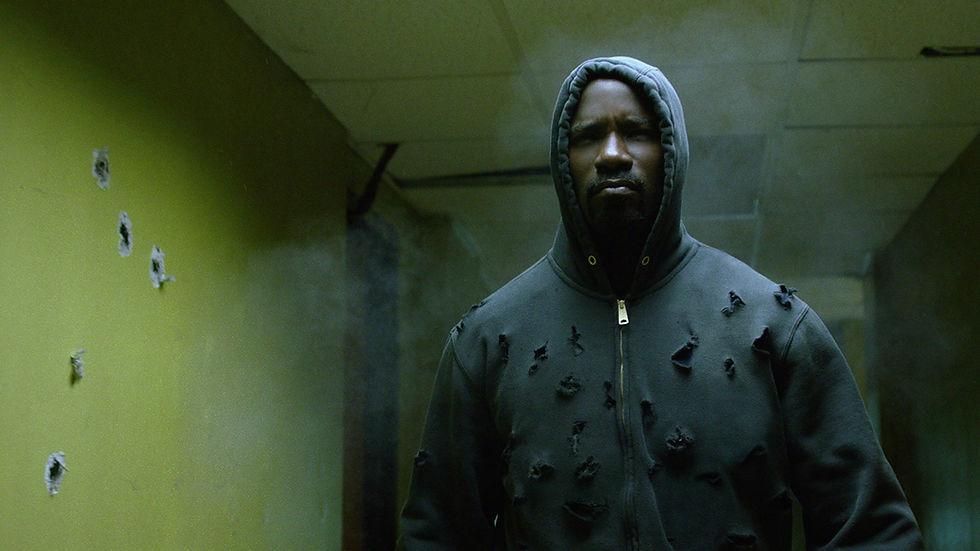
Surrounding Luke is an array of powerful allies and enemies; Simone Missick's Misty Knight is the best new addition to the MCU from Marvel's Luke Cage, both a worthy peer of Luke and someone I can't wait to see more of in the other Netflix shows. Rosario Dawson makes another strong outing as Claire Temple who debuted on Daredevil and really deserves to be a regular on all of Marvel’s Netflix shows), but faces the issue of having relatively little to do with a character whose development is stretched across separate TV shows.
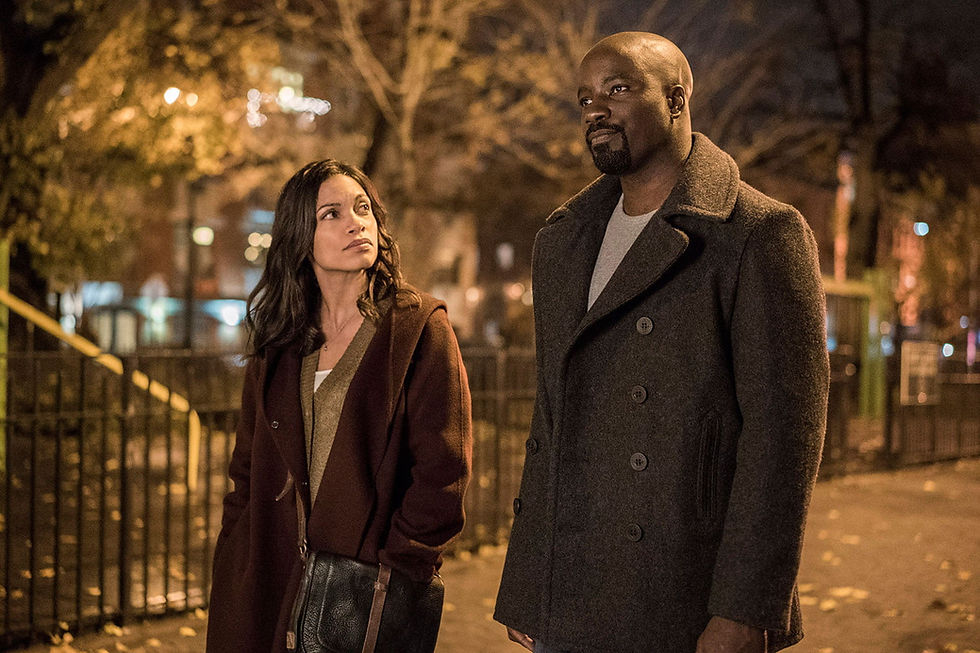
Mahershala Ali's Cottonmouth and Alfre Woodard's Mariah Dillard rank up there with Kingpin and Kilgrave as some of the more compelling antagonists in the MCU, but Luke Cage's villains is where the show has its biggest problem. Nightclub owner Cornell "Cottonmouth" Stokes (Mahershala Ali) is a viper in a tailored suit, violence pressed in elegance. His cousin Mariah Dillard (Alfre Woodard) is a councilwoman, a volatile monstress hiding behind impassioned speeches about community, families, and neighborhoods. As Luke Cage shifts focus between each of these characters, the show is stretched in many directions, and can feel like a few different shows smashed into one. It's clear pretty early on in Season 1 that the mysterious Diamondback (Erik LaRay Harvey) is the real threat for Luke to fight, and unfortunately he is the weakest link in the season and really drags down its back half. After the well-developed Cottonmouth and Mariah and the compelling way they battle back and forth with Luke, Diamondback turns out to be a half-baked character who frequently is more cartoonish than fear-inducing. His is a storyline that would have benefited from more backstory and exposition; as much as his conflict with Luke is interesting on paper, it's never written in a way that makes the audience invested.
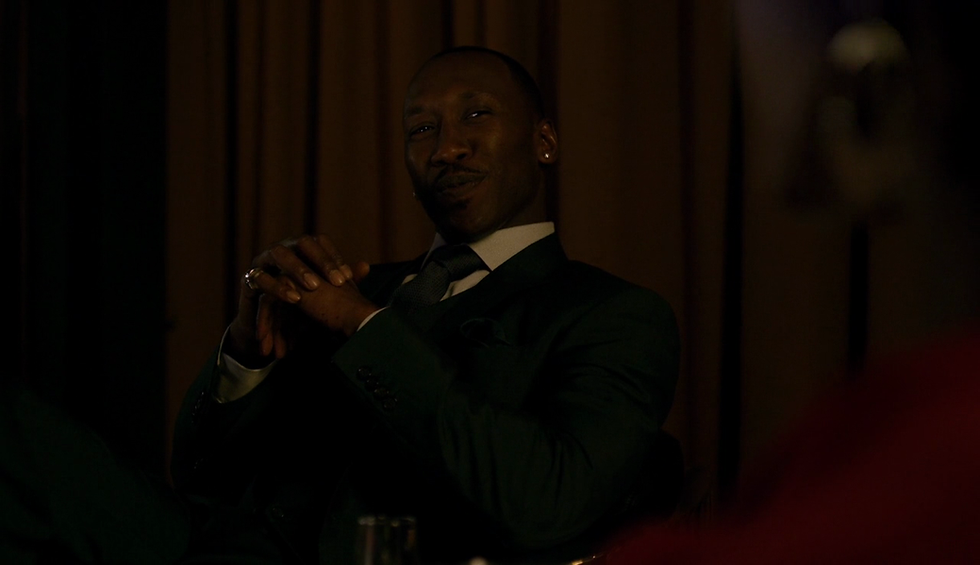
Even in its mildest moments, the world that Luke Cage lives in is extraordinarily brutal however it doesn't reach the heights of Daredevil and Jessica Jones, and its flawed second half ends up diminishing what was otherwise a fantastic season. But with something important to say and interesting new characters, Luke Cage is another win for Marvel's Netflix shows. Grounding the show is Mike Colter as Luke Cage, who takes a character people might have thought they knew after Jessica Jones and gives him the right amount of depth and complexity. Even if the entirety of Marvel's Luke Cage wasn't a complete win, he is still a character I can't wait to see more of in future Netflix shows like The Defenders.

Easter Eggs
#1 The Incident
Although it is highly unlikely that the Marvel Netflix characters will get to appear in the MCU, like Daredevil and Jessica Jones, Luke Cage does give it a few shout outs. For instance, the very first episode mentions ‘The Incident,’ where a certain avenging team took on some aliens. A few unscrupulous New Yorkers are even trying to profit from the cataclysm, such as one fellow who sells bootleg footage of “Tony Stark, the big blonde dude with the hammer, the old dude with the shield, the green monster – and I don’t mean Fenway.” Misty Knight’s (Simone Missick) partner Rafael Scarfe (Frank Whaley) also mentions seeing “the incident up close,” and says the city does need “magic hammer” wielding heroes to stop events like those in The Avengers from tearing up the city.)
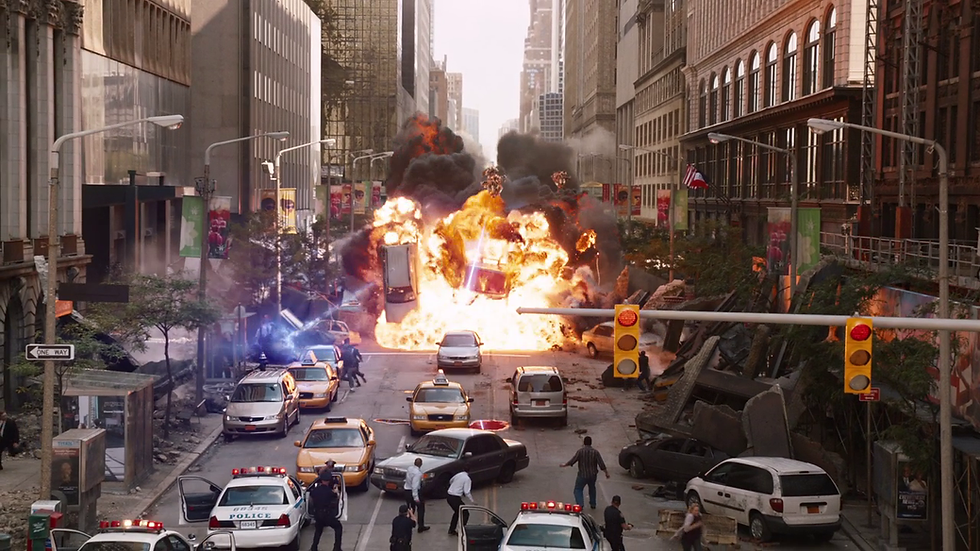
#2 Justin Hammer
Another major nod to “The Incident” includes Tony Stark competitor Justin Hammer, whose corporation has developed a “Judas bullet” in his absence – one which seems to be made from Chitauri metals. With all these crazy new weapons, perhaps the Avengers could use a little help from the Heroes for Hire when the next “incident” occurs. We’ve seen little of Tony Stark’s nemesis Justin Hammer since 2010’s “Iron Man 2,” which is why it was so interesting to see Luke Cage make multiple references to the crooked businessman and his weapons technology. The focus on Seagate Prison also ties into the Marvel One-Shot short film “Hail to the King,” which is the last time Hammer was seen in the flesh.

#3 Costume Cameos
While he sticks mainly to civilian clothes now, back in the ‘70s Luke Cage was known for wearing one of the more flamboyant costumes in superhero comics. The show paid homage to that look, first with Luke’s yellow-lined hoodie, and then by actually having him don a flashy yellow shirt and chains after his escape from Seagate. We waited a whole season until Daredevil got his suit, but Luke Cage was a different story. See, his old Power Man getup from the 70s is a bit tougher to update. The chain belt, armbands, billowy yellow pirate shirt and especially that crown would look pretty silly in a modern comic book, much less a gritty live action TV show. Everyone involved in production of the show probably realized this, and so that's why Luke assembles that costume out of necessity (and uh, forgetting to take his laboratory tiara off) after he escapes prison in episode four.

#4 The Defenders
Throughout Luke Cage’s first outing, the writers weren’t shy about peppering reference to his fellow Defenders. Everyone from the future team gets some sort of a mention, from Mariah discussing Wilson Fisk to Turk’s chess game with Fish. Turk jokes about heading back to Hell’s Kitchen “where it’s safe.” The series kicks off, though, with Pop’s reference to the “fellas Downtown.” Luke Cage also has Mariah railing against against “powered” people in her stump speech, alluding to the Jessica Jones finale where she takes out Kilgrave. Daredevil ADA Blake Tower also drops by, discussing his concerns over what would happen if Frank Castle “shot the city to hell” with Judas bullets. In addition, Claire Temple is also key name-dropper throughout the series. At one point, she discusses Jessica Jones as Luke’s girlfriend. She also informs her mother of the madness from Daredevil’s second season, including the evil ninja and zombie attacks. Several times, she mentions – almost without prompting – that she knows a good lawyer.
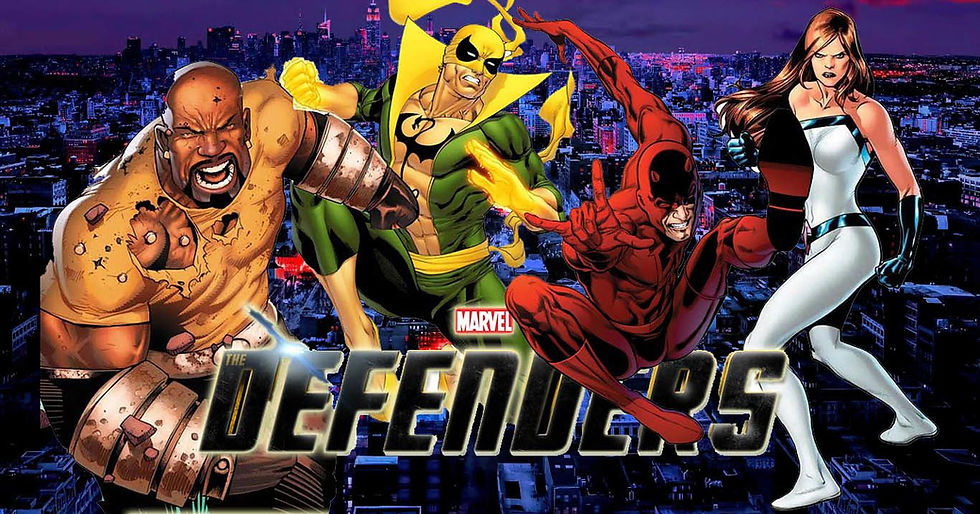
#5 Stan Lee Cameo
Stan Lee has yet to appear in the flesh in any of these Netflix shows, but Luke Cage kept up the tradition of including visual cameos of Lee as a police officer after his photo was seen in both Daredevil and Jessica Jones. In Episode 12, Lee’s face is plastered on a poster that reads, “See a crime? Report it.”









Comments